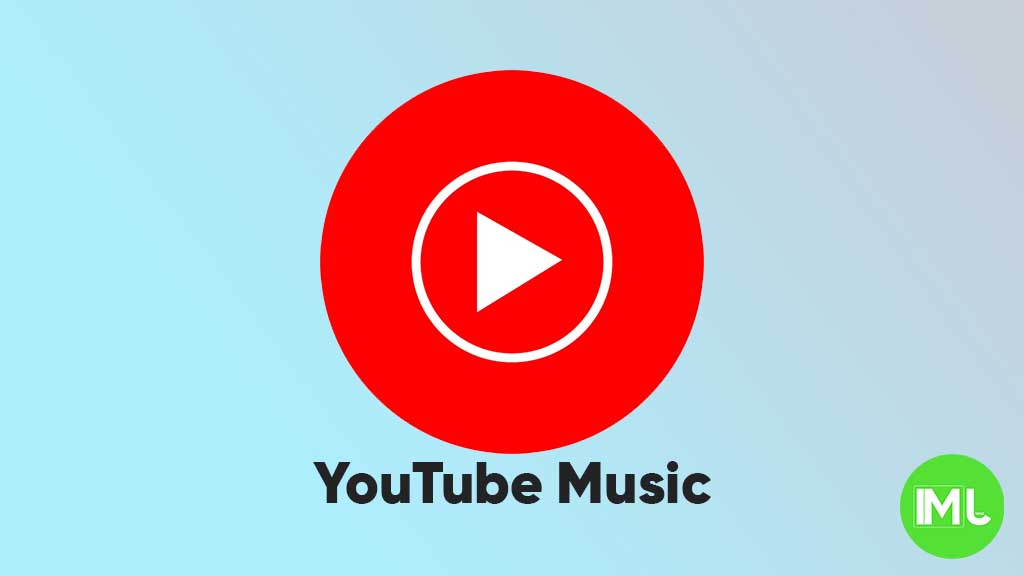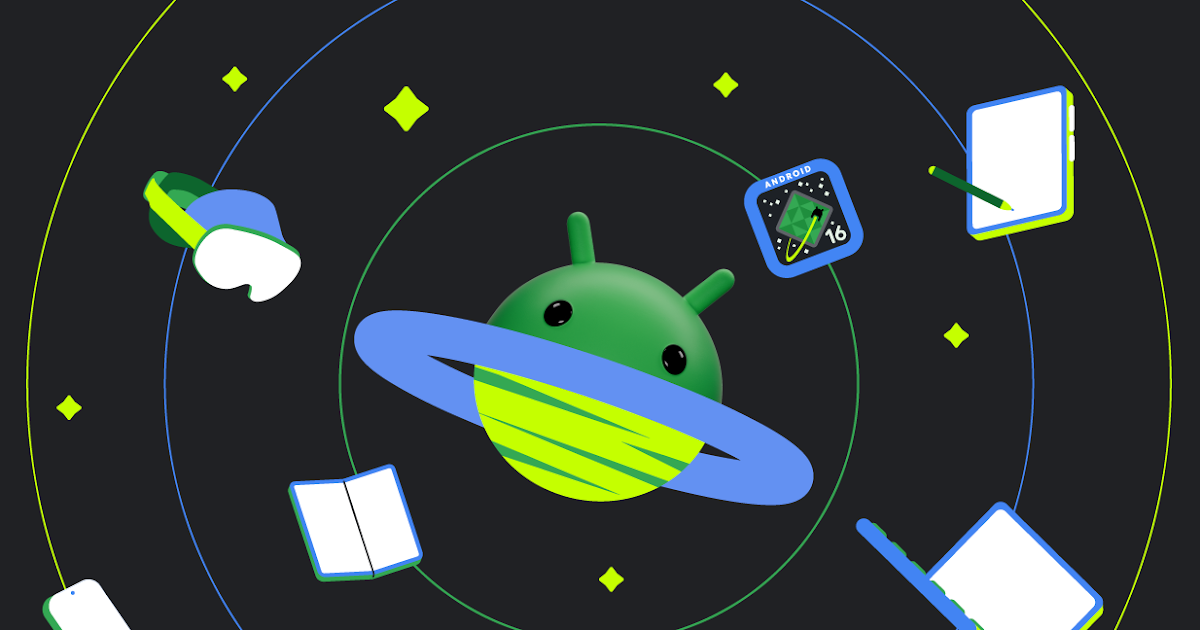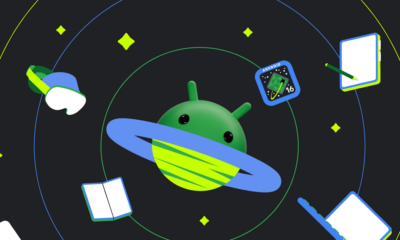Google’s Pixel 9 Pro XL faces early troubles: design and performance issues highlight need for improvement
Top 3 Key Points:
- Wireless Charging Problems: Inconsistent wireless charging, even with Google’s Pixel Stand.
- Camera and Build Quality Issues: Problems with the telephoto lens and build inconsistencies, such as gaps in the camera bar.
- Difficult Disassembly: The new design makes the Pixel 9 Pro XL’s battery hard to remove, complicating repairs.
Google’s latest smartphones, the Pixel 9 and Pixel 9 Pro XL, have been released with features that sound straight out of a tech fantasy. These devices promise to make everyday tasks easier, from organizing your photos and screenshots to transcribing phone calls. They even offer emergency services access when you lose signal.
However, the excitement is quickly turning into frustration for many users. Early adopters have reported several issues, including inconsistent wireless charging, camera problems, and questionable build quality.
Inconsistent Wireless Charging and Camera Issues
Many Pixel 9 Pro XL users have complained that wireless charging is unreliable, even when using Google’s Pixel Stand. Additionally, the camera, particularly when using the telephoto lens, has been reported to struggle with maintaining level shots during video recording. Some users have also noticed a small gap in the camera bar and condensation under the lens, which raises concerns about the overall build quality.
A Growing List of Problems
These issues are alarming, especially since the phones were only released on August 22. While some bugs are to be expected with any new device, the frequency and severity of these problems suggest that Google might need to rethink its approach. Google has been in the smartphone market for nearly a decade, so these issues shouldn’t be so common at this stage in their development process.
Tough Love Needed for Google’s Flagship
Google has been making its smartphone chips for four years now and should be focusing on perfecting the core user experience rather than just introducing new features. The Pixel 9 Pro XL’s wireless charging issues and camera problems are particularly concerning. These are essential features that users expect to work flawlessly.
While software updates might fix some of these problems, it raises the question of whether Google’s quality assurance team is doing enough before these devices hit the market. With only two models released so far, it’s worrisome to think about the potential issues that could arise with the upcoming Pixel 9 Pro Fold, a foldable phone with even more complexity.
Design Challenges Highlighted in Teardown
Recent teardowns of the Pixel 9 Pro XL reveal that the battery is particularly difficult to remove due to strong adhesive, which wasn’t the case in previous models. The teardown also showed that Google has switched to a new design language, using less common screws and hidden components that make the device harder to repair.
These design changes, while potentially beneficial for some aspects of the phone, highlight the need for further optimization. The complexity of the internal design makes repairs challenging, even for experienced technicians.
YouTube Music adds new feature to keep song volume steady

YouTube Music is rolling out a new feature called “Stable volume” to make your listening experience better. This option helps keep the sound level the same across all songs, so you won’t have to turn the volume up or down when switching tracks.
Sometimes, songs are louder or softer depending on how they were made. This new feature fixes that by adjusting each track so that all music plays at a similar volume. It’s especially useful when you’re using headphones or listening in the car.
You can find this option in the YouTube Music app by going to Settings > Playback & restrictions, where you’ll see a switch for “Stable volume.” It works for both free and Premium users, and it’s now appearing on Android devices (version 7.07 or later). iOS support may come soon, but it’s not available yet.
This is a welcome update, as many streaming apps like Spotify and Apple Music already have similar volume balancing tools. It helps make playlists and albums sound smoother and more enjoyable without constant volume changes.
So far, the feature is being released in stages, so you might not see it right away, but it should show up soon for everyone.
Android
Android 16 beta adds battery health info, Pixel Fold gets better at detecting opens and closes

Google has released the Android 16 Beta 1 update for Pixel phones, and it brings some helpful new features. One of the key additions is battery health information, which is now available in the settings. Pixel users can now see the battery’s manufacturing date, charge cycles, and overall health score. This can help people understand how well their battery is holding up over time. While this feature is currently hidden under developer options, it might be fully added in a future update.
At the same time, Google is also working to improve the Pixel Fold. With Android 16 Beta 1, there’s a new system that better detects when the phone is opened or closed. This new method uses the hinge angle to more accurately understand the device’s position. Unlike older systems that could be affected by software bugs or slow response times, this new one seems to be more reliable and faster.
These changes are important for people who use foldable phones like the Pixel Fold, as better hinge detection can lead to smoother app transitions and fewer bugs. And for all Pixel users, having detailed battery info can help with managing phone performance and deciding when it’s time for a battery replacement.
Overall, Android 16 Beta 1 focuses on giving users more control and smoother experiences, especially for those with foldables.
Android
Android 16 could bring colorful always-on display to Pixel phones

Google is working on Android 16, and it looks like the update could bring more color to the always-on display (AOD) feature on Pixel phones. Right now, the AOD mostly shows white text on a black screen. But a new setting found in the Android 16 Developer Preview hints at the ability to add colors to this display.
The new feature is called “AOD Preview,” and it includes a switch labeled “Color AOD.” While this setting doesn’t work yet, it suggests that Google might be planning to show colorful content even when the screen is in low-power mode.
This change could make AOD look more lively, maybe by adding color to the clock, notifications, or wallpaper. So far, it’s not clear exactly what will change or how customizable it will be, but the feature seems to be in early testing.
Samsung already has more colorful AOD options on its Galaxy devices, so this update could help Pixel phones catch up. Google often introduces new features first on Pixel devices before making them available to other Android phones.
Android 16 is still being developed, and many features are not ready yet. But if Color AOD becomes part of the final release, Pixel users could get a more vibrant and useful always-on display in the near future.
-

 Apps1 year ago
Apps1 year agoGboard Proofread feature will support selected text
-

 News1 year ago
News1 year agoSamsung USA crafting One UI 6.1.1
-

 News1 year ago
News1 year agoBreaking: Samsung Galaxy S22 may get Galaxy AI features
-

 News1 year ago
News1 year agoSamsung Galaxy S23 Ultra with One UI 6.1 and all S24 AI features revealed
-

 News1 year ago
News1 year agoOne UI 6.1 Auracast (Bluetooth LE Audio) feature coming to many Samsung phones
-

 News1 year ago
News1 year agoSatellite SOS feature coming to Google Pixel phones, evidence leaked
-

 Apps11 months ago
Apps11 months agoGoogle’s fancy new Weather app is finally available for more Android phones
-

 News1 year ago
News1 year agoGoogle Pixel evolves as Europe’s third best selling flagship






